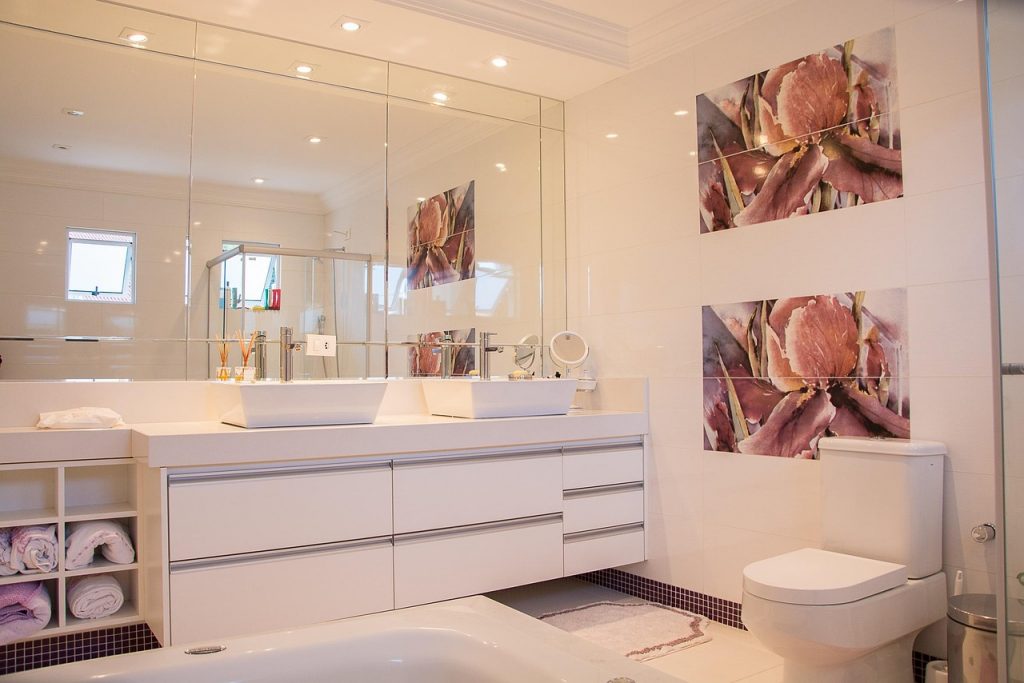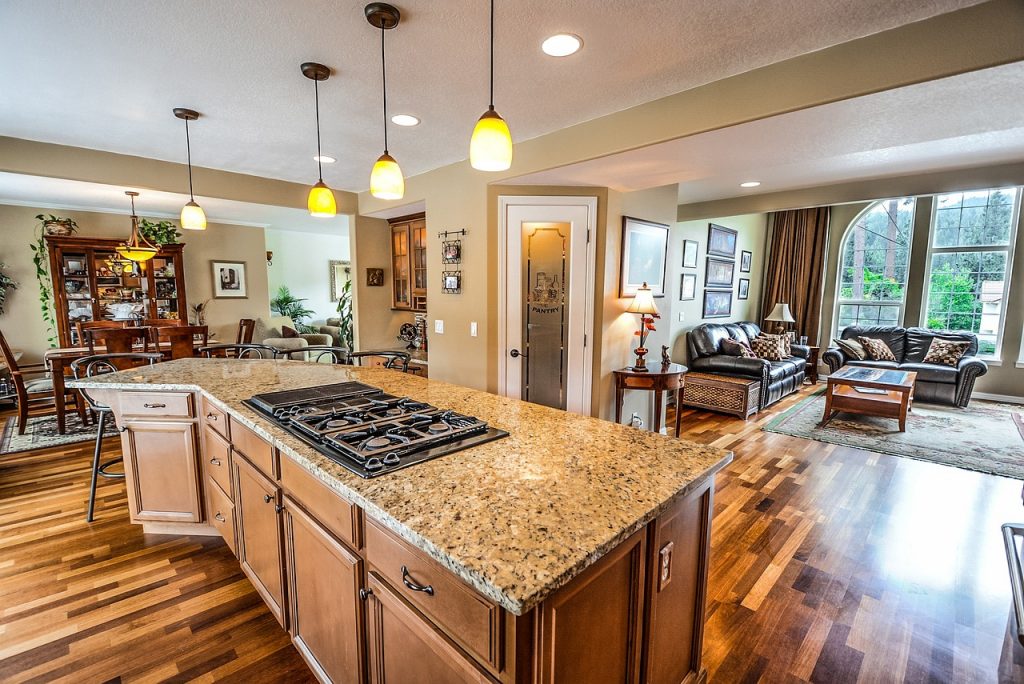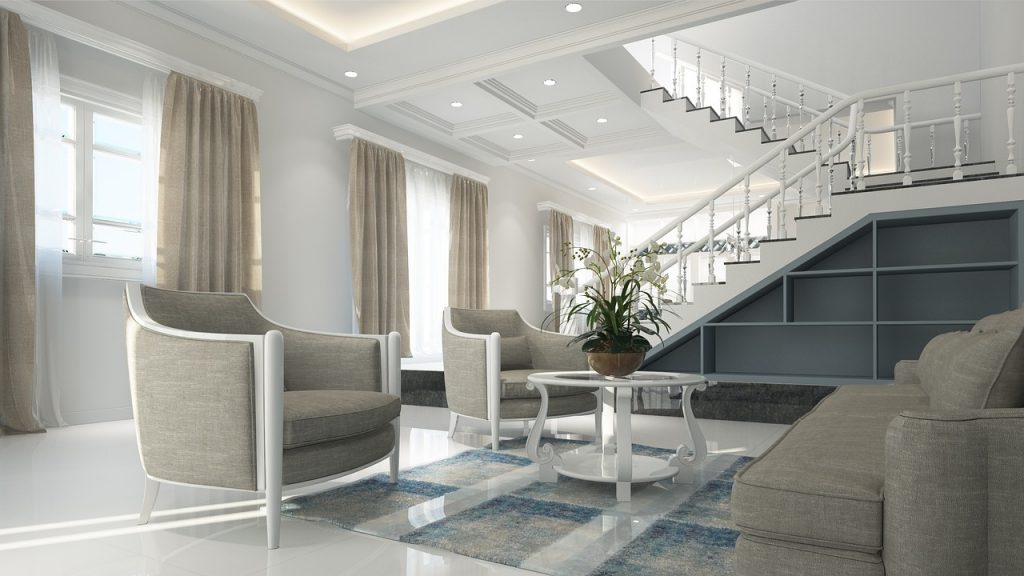
Organizing Your Home for a Growing Family: A Room-by-Room Blueprint
As your family expands, your home must do more than just house people—it needs to evolve into a well-oiled machine that balances comfort, function, and a little bit of controlled chaos. Whether you’re expecting your first baby or adjusting to a full house with teens and toddlers under one roof, this guide breaks down organization room by room to help your space grow with you—not against you.
Why Home Organization Matters More As Families Grow
The more people you live with, the more stuff you accumulate. Without thoughtful systems in place, clutter and confusion quickly spiral. Smart organization reduces daily stress, shortens routine tasks, and—most importantly—makes room for quality time together.
Planning Before Organizing: The Key to Lasting Order
Before diving into bins and baskets, take a moment to plan. Assess your home’s weak points, your family’s habits, and the areas that create the most friction—like the chaotic morning rush. Map out high-traffic zones and prioritize based on use and frustration levels.

Living Room: From Lounge Area to Multipurpose Hu
Dual-Purpose Furniture
A growing family needs furniture that does double duty. Think ottomans with hidden storage, coffee tables with built-in toy compartments, and modular sectionals that adjust as needed. Your couch can be both a play zone and a cozy Netflix spot—if you plan it that way.
Cable and Device Management
Tech clutter is the new junk drawer. Use labeled baskets for remotes, set up a shared charging station, and hide cords with wall-mounted raceways or behind-console organizers. A cleaner setup reduces both tripping hazards and tantrums over lost devices.
Bedroom Strategies for Growing Kids
Furniture That Grows with Them
Choose convertible cribs, extendable beds, and adjustable desks. A bunk bed with a trundle can host sleepovers now and serve as a guest bed later. Think ahead—it’ll save money and effort in the long run.
Under-Bed and Vertical Storage
Elevate beds to add drawers below, hang floating shelves above desks, and use stackable bins to maximize closet space. Every inch counts when kids—and their collections—grow bigger every year.

Kitchen: Feeding a Bigger Crew Efficiently
Zoning the Kitchen by Function
Divide your kitchen into clear zones: prep, cook, serve, and clean. Keep cutting boards near the sink, pots near the stove, and plates by the dishwasher. This flow saves steps, which matters when you’re juggling meals and meltdowns.
Kid-Friendly Pantry Zones
Use clear, labeled bins for snacks, cereals, and after-school treats. Assign a low shelf as the “kids’ zone” so little ones can grab what they need—safely and independently.
Dining Area: Flexible and Functional Spaces
Bench Seating with Built-In Storage
Banquettes or benches with lift-up lids serve double duty—seating and hidden storage. Great for art supplies, seasonal decor, or even board games.
Space-Saving Table Ideas
Drop-leaf tables or extendable dining sets adjust for family dinners or homework marathons. Add a lazy Susan to make mealtime smoother for little arms.

Bathroom Organization for All Ages
Cubbies, Hooks, and Hygiene Zones
Install wall-mounted cubbies labeled for each child’s toothbrush, hairbrush, and toiletries. Color-coded towels and hooks at kid-height empower independence and reduce morning chaos.
Shared Bathroom Etiquette for Kids
Use timers, toothbrush organizers, and step stools to manage shared bathrooms. A shower schedule or rotating bath-time chart can prevent arguments and missed buses.
Entryway and Mudroom: First Line of Defense
Locker-Style Organization
Assign each family member a cubby, hook, or locker for coats, bags, and gear. Use photos or initials for easy identification—even toddlers can recognize their spot.
Shoe and Backpack Stations
Place a low shelf or cubby unit by the door to corral shoes. Add baskets underneath for gloves, hats, and masks. Everything in its place means nothing on the floor.
Creating Efficient Laundry Systems
Color-Coded Hampers and Laundry Days
Assign each person a laundry bin by color or name. Schedule rotating laundry days to avoid last-minute piles. Even young kids can learn to sort socks with visual guides.
Fold Stations and Drying Racks
Dedicate a fold station—preferably near the laundry machine—with a wide surface, folding guides, and labeled baskets. A retractable drying rack saves space and energy.
Home Office or Study Area
Compact Desk Solutions
Install floating desks or corner units that fold away when not in use. Shared study areas can be zoned with divider boards or curtains.
Sibling Sharing and Sound Management
Headphone hooks, white noise machines, and soft carpet tiles help reduce distractions. Each child can have a mini corkboard for their own “office” feel.

Organizing Toys and Hobbies
Rotating Toy Libraries
Store half the toys out of sight and rotate them monthly. This reduces clutter and refreshes interest without buying more. Clear bins with picture labels make cleanup a breeze.
Labeling Systems That Actually Work
Use pictures for younger kids, words for older ones. Consistency is key—label shelves, bins, and drawers the same way throughout your home.
Garage, Attic, and Outdoor Zones
Clear Bins, Pegboards, and Sheds
Stackable clear totes let you see what’s inside. Pegboards organize tools, helmets, and sports gear vertically. Outdoor sheds hold seasonal items without overcrowding indoors.
Safe Access for Kids
Create kid-safe zones in the garage with labeled hooks for scooters and chalk buckets. Store dangerous tools in locked cabinets out of reach.
Teaching Kids to Maintain Order
Chore Charts and Rewards
Visual chore charts help young kids understand expectations. Tie tasks to fun rewards—a movie night, stickers, or a weekend trip.
Weekend Reset Rituals
Dedicate 30 minutes every Sunday to a family cleanup sprint. Play music, assign roles, and reset the house together—it teaches habits and builds teamwork.
Managing Growth Without Chaos
Prepare for Life Transitions
Before a new baby arrives or a kid starts school, assess space needs in advance. Small tweaks—like adding a diaper cart or a quiet reading nook—can ease major changes.
Involve the Whole Family
Home organization works best when everyone’s on board. Let kids decorate their zones or choose their storage bins. Ownership leads to responsibility.
Conclusion
A growing family doesn’t require a bigger house—just a smarter one. By rethinking each space’s purpose, creating flexible systems, and getting the whole crew involved, you’ll build a home that feels bigger, calmer, and more joyful—even as it fills with laughter, backpacks, and memories. Organization isn’t just about storage—it’s about making room for life to happen.
FAQs
Q1. How can I organize a small home for a big family?
Focus on vertical storage, multi-use furniture, and rotating systems. Declutter often and use every inch wisely.
Q2. What’s the easiest room to start organizing?
The entryway—small changes like adding hooks and baskets can dramatically improve daily routines.
Q3. How do I stop toys from taking over the house?
Create a toy rotation system and designate a specific play zone. Keep only what fits in that zone.
Q4. What organization tools are worth the investment?
Label makers, clear bins, drawer dividers, and modular shelving provide long-term value across all rooms.
Q5. How often should we reorganize as a family?
Do seasonal cleanups and annual overhauls. Use back-to-school and new-year moments as natural reset points.